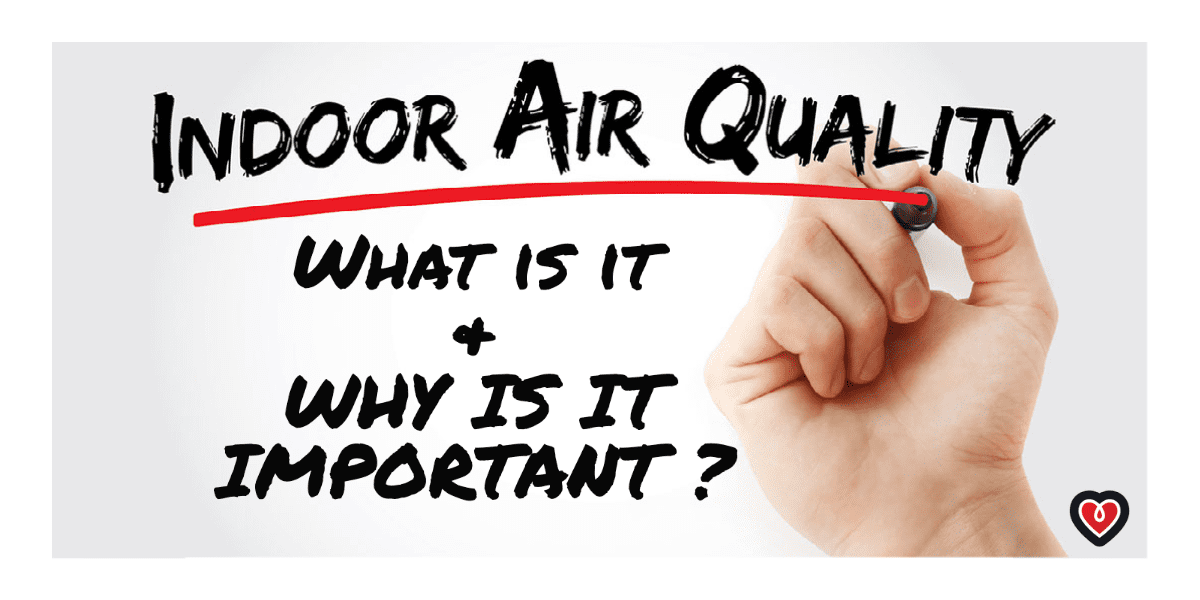Studies show that most individuals spend up to 90% of their time indoors. With the events over the past couple of years and people staying indoors more often, this holds true more than ever. In addition, did you know that the air inside a residence is five times more polluted than outdoors? There are quite a few household pollutants that can cause adverse reactions to an individual. However, it is not unusual for an individual to show symptoms after multiple exposures instead of showing symptoms immediately after a single one. Loveland Heating & Air understands how vital your and your family’s health and well-being are. Therefore, we have joined forces to give you all the information you need to embark on your journey as you raise the indoor air quality, also known as IAQ, in your home.
What are Common Pollutant Sources to Watch Out for?
To identify pollutants sources that may be causing uncomfortable symptoms, it is a good idea to remain familiar with common irritants such as:
- Allergens, mold, and mildew
- Harmful household cleaning products
- Tobacco products
- Pet fur or dander
- Fuel-burning combustion appliances
- Construction or building materials like asbestos
What Way Does a Smart Thermostat Help with IAQ?
A smart thermostat is a great tool to use to boost indoor air quality in your home. Most smart thermostats like The Nest Learning Thermostat come with a feature that monitors IAQ. When the smart thermostat detects poor indoor air quality levels, it will notify your HVAC system, leading it to turn the fan on, resulting in the stale air being guided back to the return ducts. In addition, this automatically circulates the fresh air resulting in much cleaner, crisper air for you and your household to enjoy.
What Difference Does Regularly Changing Air Filters Make for IAQ?
The next step to raising IAQ is to think about those air filters. Industry standards say that your air filters should be changed every 30-60 days. This is reasonable considering an air filter’s aim is to catch and contain loose dust particles and allergens. When an air filter is clogged, it not only places strain on your HVAC system but also causes the air to be blown out at a stronger rate. But it is also counterproductive as the air blown out will circulate those dusty particles in the open air all over again.
What Way Does Dehumidifier Boost IAQ?
Overly moisturized air is on our list of pollutant sources as it can lead to long-term health problems. When the level of humidity in a home is too high, it can lead to mold and mildew growth which is detrimental for health reasons. Mold and mildew have been linked to respiratory and heart-related issues. The humidity level in your home should stay between 30%-50%. Perhaps you are encountering this issue with excessive moisture; then a dehumidifier is the answer you’ve been looking for to boost that IAQ.
What Way Does a Humidifier Boost IAQ?
Along with the snow, winter brings uncomfortable side effects like chapped lips, dry skin, frequent nose bleeds, and sleeping and breathing issues. These symptoms occur in the cold months when humidity levels are lowered and moisture is sucked out of the air. If you have ever experienced these symptoms, you know how unpleasant it is to endure them. The good news is you don’t have to remain uncomfortable for the entire season. Instead, combat the effects of dry air by using a humidifier in your home.
As you continue your journey to boost your indoor air quality, you may have some questions or concerns. Loveland Heating & Air is here to assist you! We are open 24/7, 365 days a year. Choose us as your trusted local HVAC professional, and you won’t regret it! We aim for five-star customer service on every call! Call (513) 216-5913, or schedule an appointment online now by clicking here!





